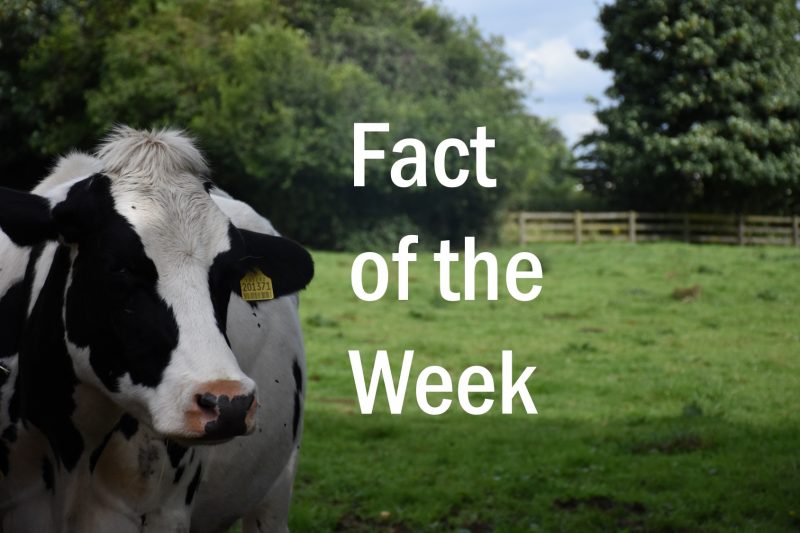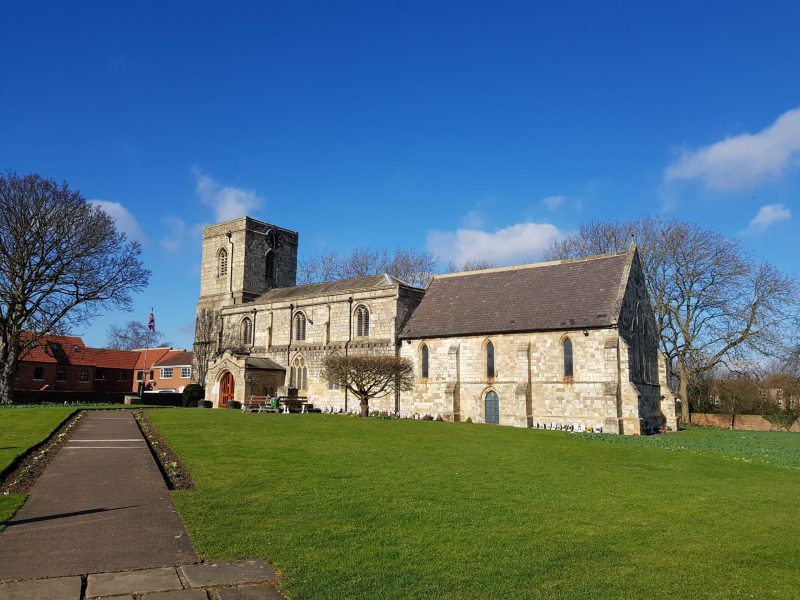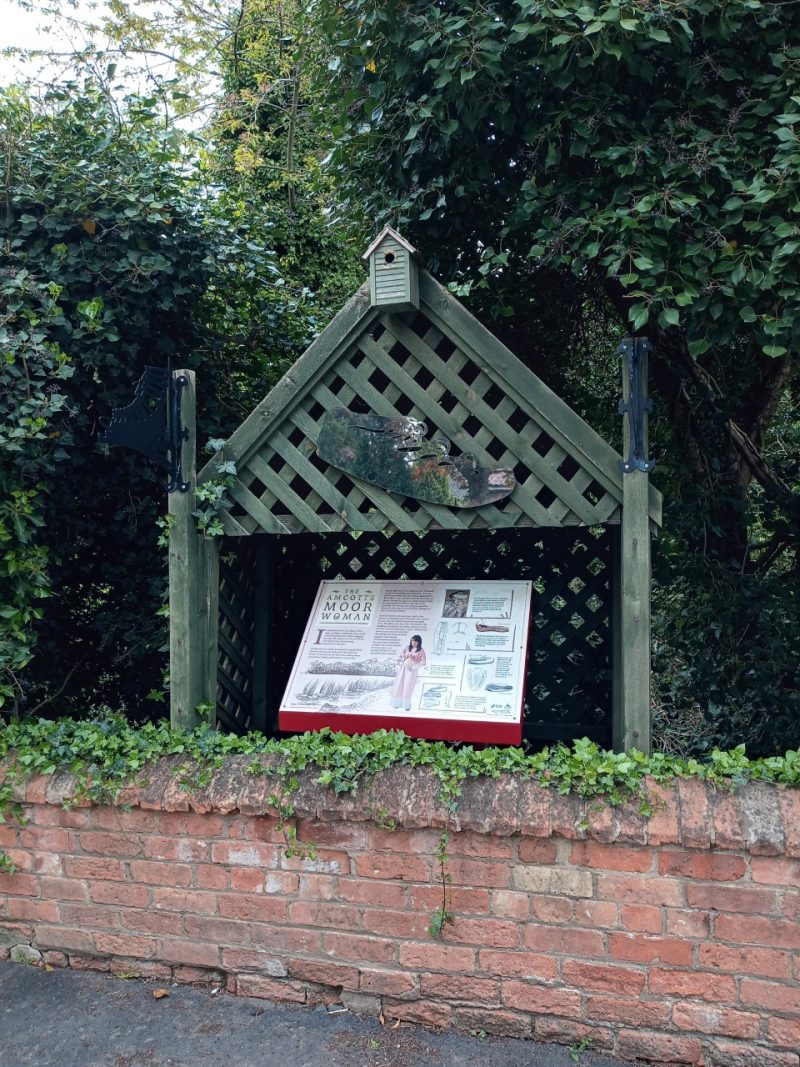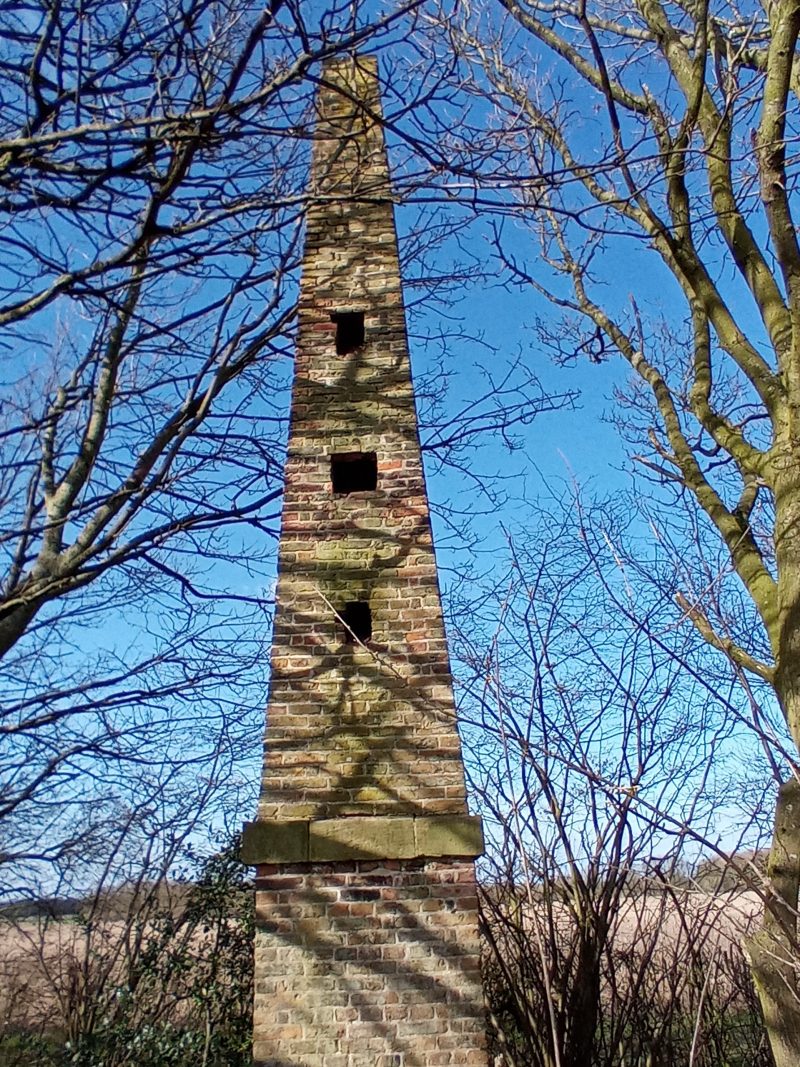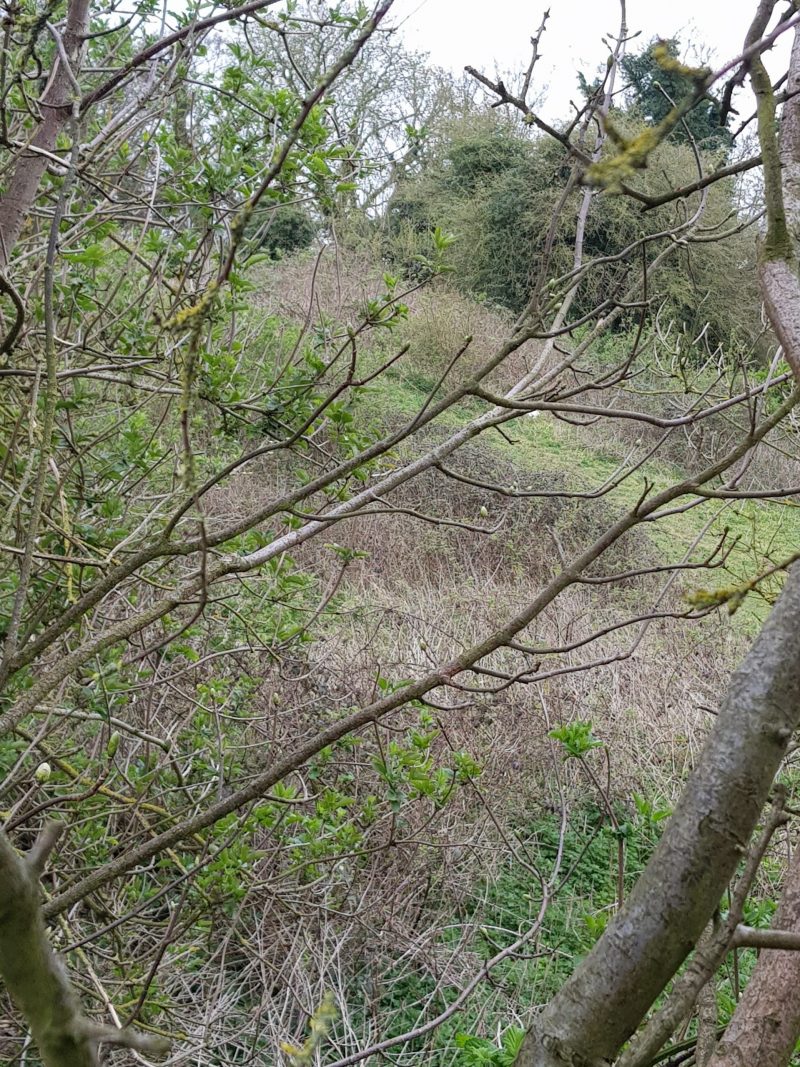#IoAHC Fact of the week ?
Haxey town railway station opened on the 2nd January 1905. It was part of the line for the Isle of Axholme Joint Railway which ran from Marshlands junction near Goole to Haxey. The Haxey town station was situated on the line between Epworth and Haxey Junction. The line was first proposed in 1897 as a…

